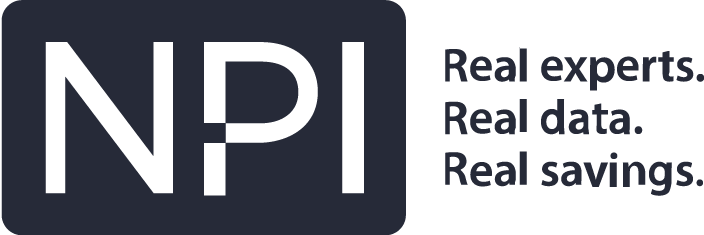BLOG
Healthcare IT: Are You Paying Too Much for Medical Abstraction Services?
Healthcare organizations are digging deep for IT cost reductions like never before. One category that’s often overlooked is professional services. It’s an area where NPI regularly finds material savings and negotiates lower pricing and stronger discounts for project consulting and rate cards.
One service we’re seeing more often this year is Medical Abstraction Services – essentially migrating paper charts into an Electronic Medical Record (EMR). As healthcare systems have moved to EMR systems, one of the greatest challenges has been how to get all the paper records into the EMR. Many organizations have tried to do it “real-time” where the nurse – or even the doctor (the most expensive resource in the office) – is entering the record when the patient comes in for their regular visit. This is time-consuming and inefficient – not to mention a costly use of resources.
Enter the birth of Medical Abstraction Services. Vendors like CSI, Q-Centrix, and MDAbstract are offering consulting services that will take paper charts and digitize them into the customer’s EMR of choice. Not surprisingly, these vendors have been pricing their services on a “per record” methodology. Pricing per record can be between $10 to $20 depending on a number of factors, including which EMR the data is going into (EPIC, NextGen, etc.), whether or not the data includes patient problems (AMI vs PAMI), and several other factors. These engagements can be sizable and quite costly, with contracts over $1M in several of the transactions we’ve analyzed for our clients.
Negotiating a Better Deal for Medical Abstraction Services
To make sure you’re paying a fair price for Medical Abstraction Services, NPI recommends customers request much more detail than vendors typically provide in their proposals, including stats on the abstraction process. What is the average number of records that a resource can process in one hour? How many resources are expected to be on this project? Vendors may sometimes push back on providing these numbers, but customers should require this level of transparency. Given the size of these investments, customers have a right to know and it’s unwise to simply trust that the vendor is giving you the best deal possible.
Using these numbers, we can then break the pricing down to an average cost per hour per resource. That hourly rate can be compared to industry benchmarks to be sure they are in line with market. Given these vendors are incurring a degree of risk and handling highly sensitive PMI data, it’s reasonable to expect a certain mark-up – but when we break down the proposed cost, we can ensure that the vendor isn’t overcharging.
NPI continues to specialize in helping healthcare organizations optimize the cost of their IT purchases and get the most value from every dollar spent. That includes obvious targets like EMR and productivity software – as well as not-so-obvious areas like Medical Abstraction. Bottom line – in today’s unusual business climate, it’s important to leave no savings stone unturned!


